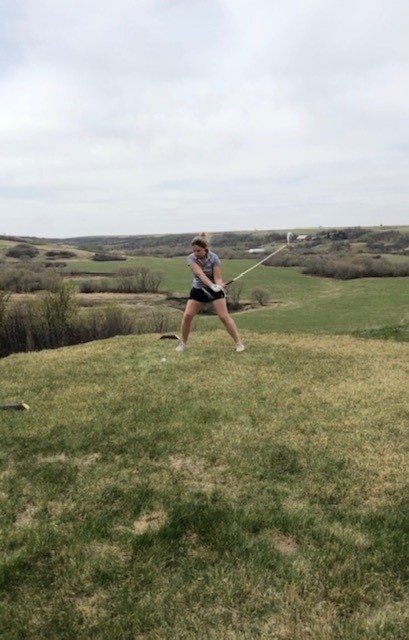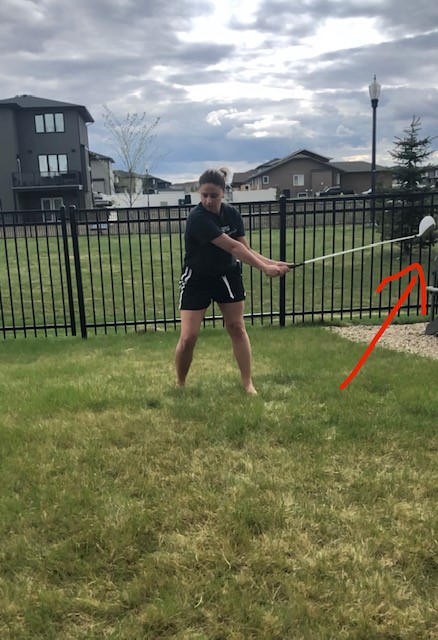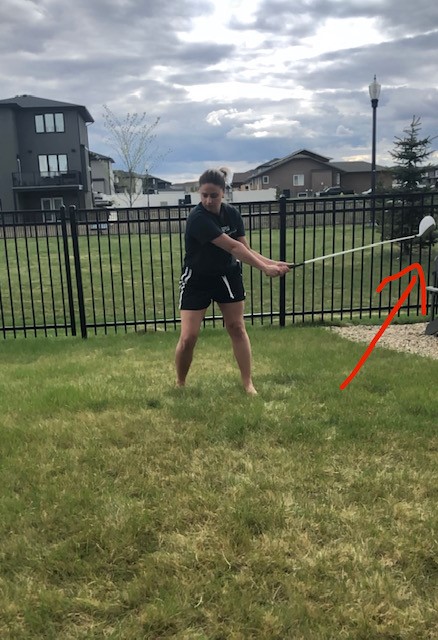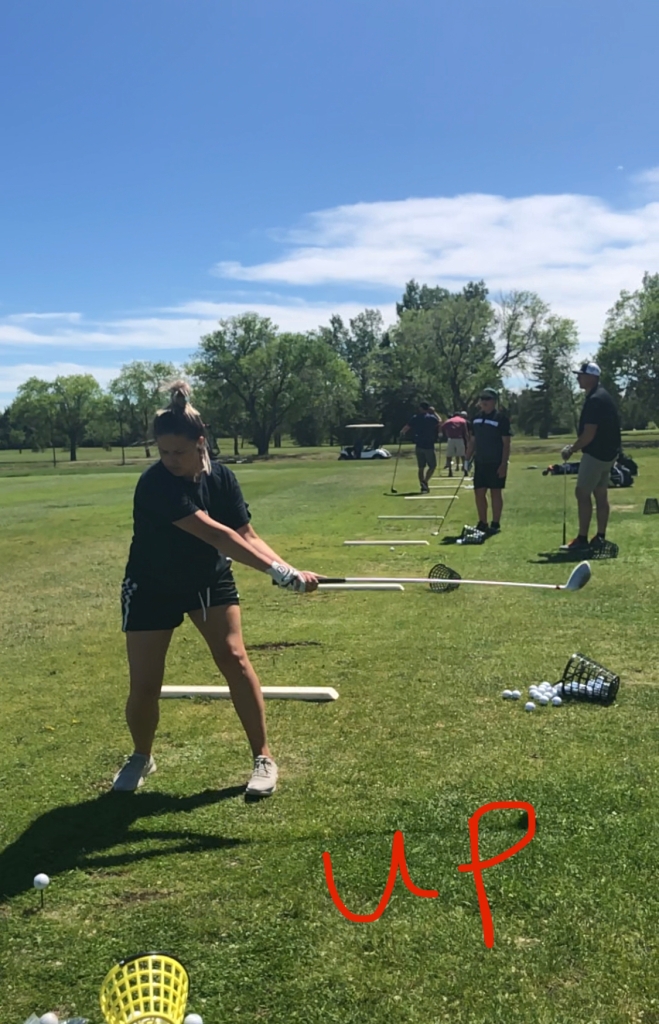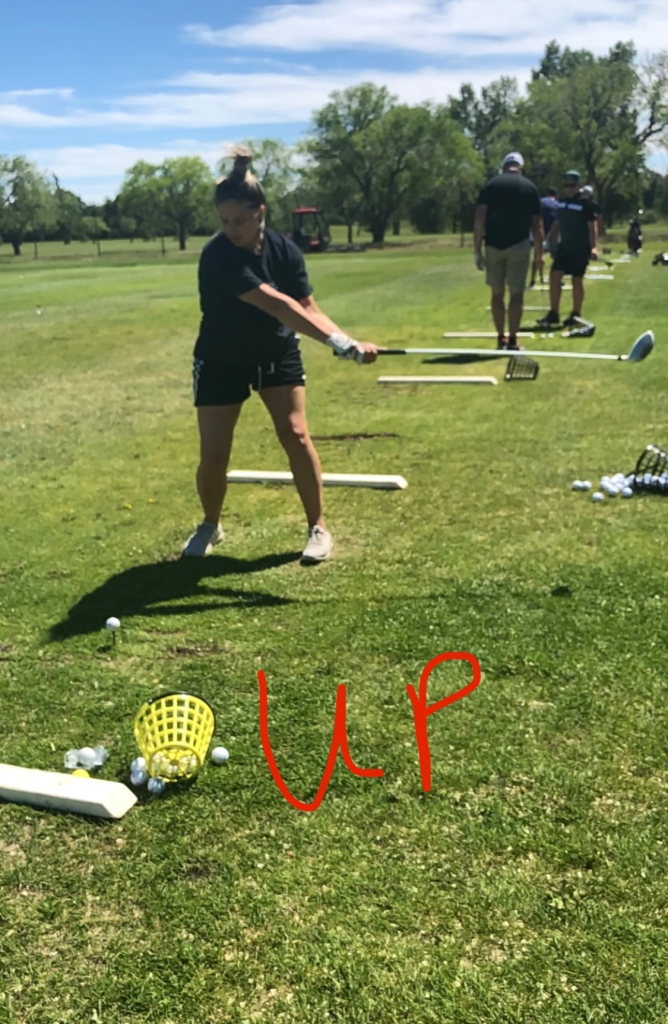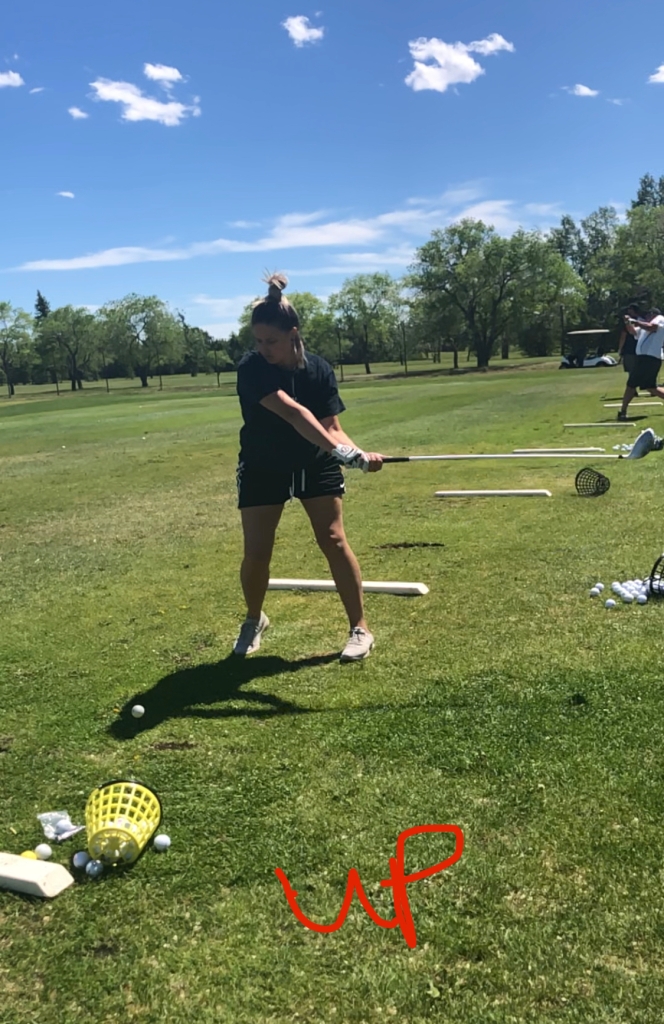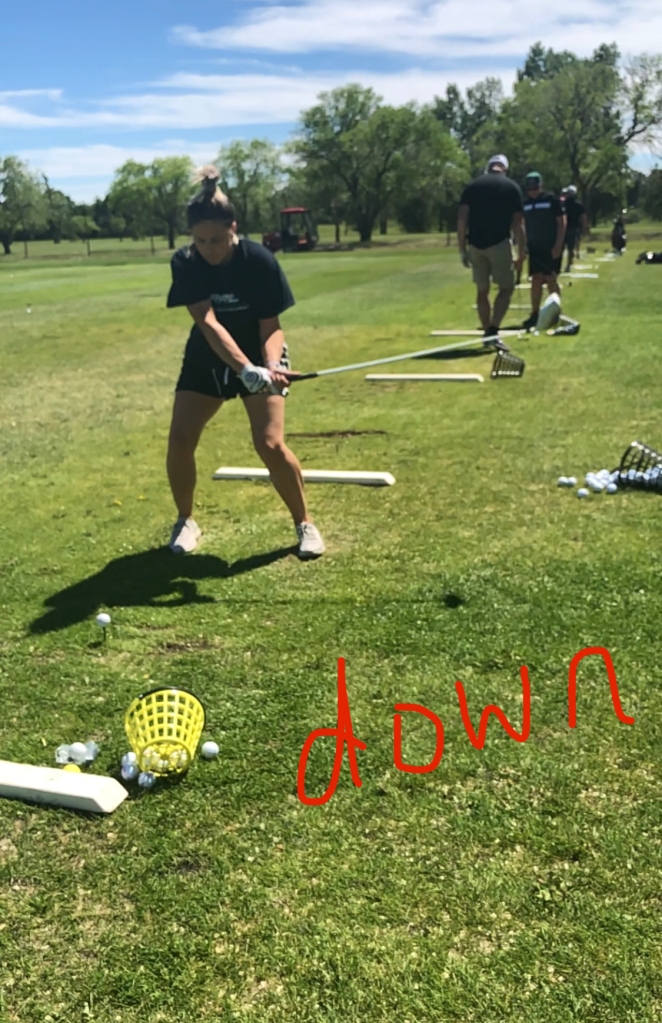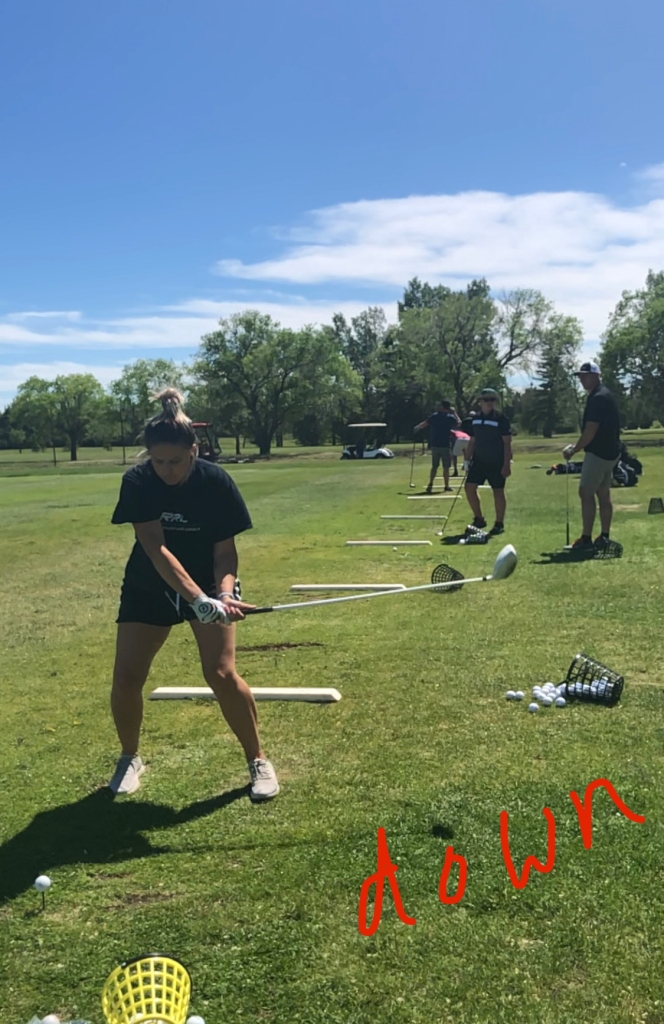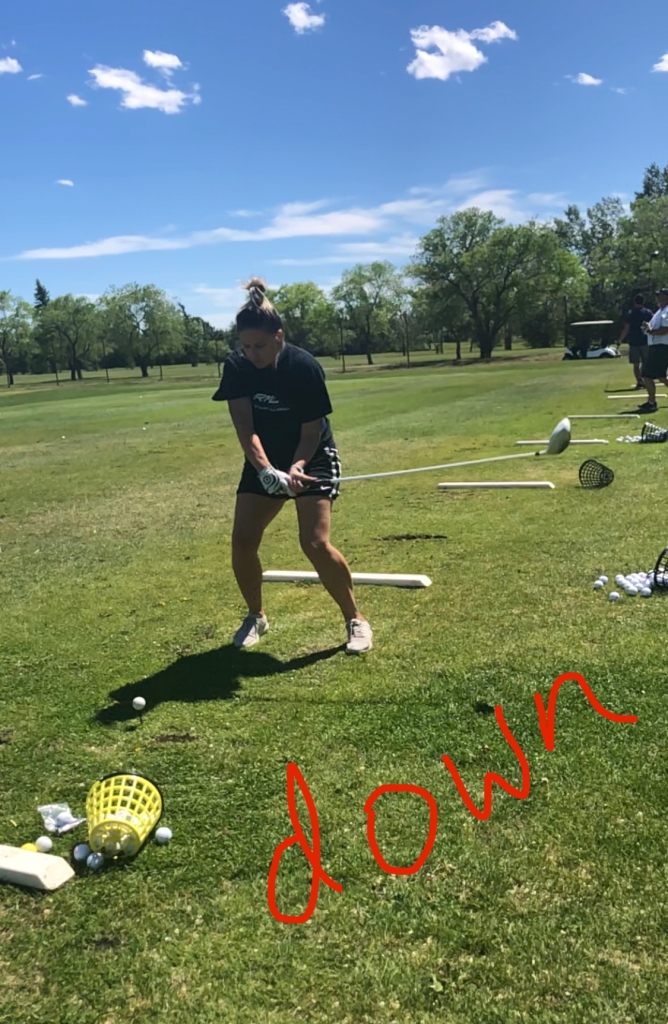A simplistic consideration of identity; who we are, our understanding of self.
A revamped consideration of identity; who we are and present ourselves to “through the prism of culture”. (Boellstorff, 2008)
The idea that identity is shape from and through cultural components is not brand new. Our Saskatchewan curriculum has been addressing the relationship between identity and culture for years.
“The ability to act autonomously in an interdependent world requires an awareness of he natural environment, of social and cultural expectations, and of the possibilities for individual and group accomplishments. It assumes the possession of a positive self-concept and the ability to live in harmony with others and with the natural and constructed world. Achieving this competency requires understanding, valuing, and caring for oneself; understanding, valuing, and respecting human diversity and human rights and responsibilities; and understanding and valuing social and environmental interdependence and sustainability.”
Saskatchewan Grade 7 ELA Curriculum, 2008
“Works of art that express ideas about identity and how it is influenced (e.g., factors such as pop culture, cultural heritage, peer groups, personal and family interests, gender).
Saskatchewan Grade 6 Arts Education Curriculum, 2009
-If we were to represent our school or community identity, what would it look
and sound like?”
What is new, is the expectation that we consider our virtual identities as not only a facet of our authentic identities, but as the main construct. And I suppose this does make sense. If I were to identify myself, I would say I am a mother, wife, daughter, sister, friend, teacher, coach, athlete, I am funny, caring, considerate, a people-person, etc. Nowhere in that description would I consider adding “a digital presence”. This is simply because my digital existence is just another space for my already existing identity. My identity is present in both mediums. I found Angela Gui’s work in Extended Personal Identity in the 21st Century (2015) really clarified this for me.
“..our biological bodies might just be serving as containers for our identities and intentions, in which case it makes sense for the self to now be upgrading to a more sophisticated container, using a machine as an upgraded, alternate tool to the physical body. This is already happening to some extent and is likely to continue in the same direction.”
Gui, 2015, pp.10-11
It’s interesting to think that our identities may not exclusively belong to our bodies. That our physical selves no longer serve as the vessel for our identities, and that machines now share this responsibility as well.
Most can see the representation of my identity through a machine medium via social media; a pretty positive lens of things in my life that mean the most to me. I do wonder, however, how my kid’s identity will be represented in digital spaces. I think, due to the overwhelming social platforms now available (and often geared towards younger and younger audiences, ie. TikTok) it will be important to teach my kids how to best represent their identity in digital spaces. I am instantly reminded of the young mom who posted a TikTok of her doing a trending dance in the hospital room while her baby lays in a bassinet fighting RSV. Remembering Gui’s work, we know that this IS her identity, however through this medium, can be misinterpreted. Her identity was displayed as insensitive and unconcerned rather than optimistic (she had explained this was just her way of staying optimistic and positive during these tough days in the hospital). I wouldn’t attribute the medium as being the reason her identity was misrepresented, we all know we have said or done things in our lives that maybe have been differently displayed than intended. However, the medium does allow for an increase in exposure for when these misrepresentations are made.
The takeaway this week is that we are who we are in ALL spaces; digital or not. Our identity is closely connected to culture and our culture at this moment in time is heavily inclusive with digital spaces. We represent ourselves in both face to face situations, and behind screens and therefore must be cognizant of the vastness of our footprint online as our identity is no longer restricted to bodily conduct.




























